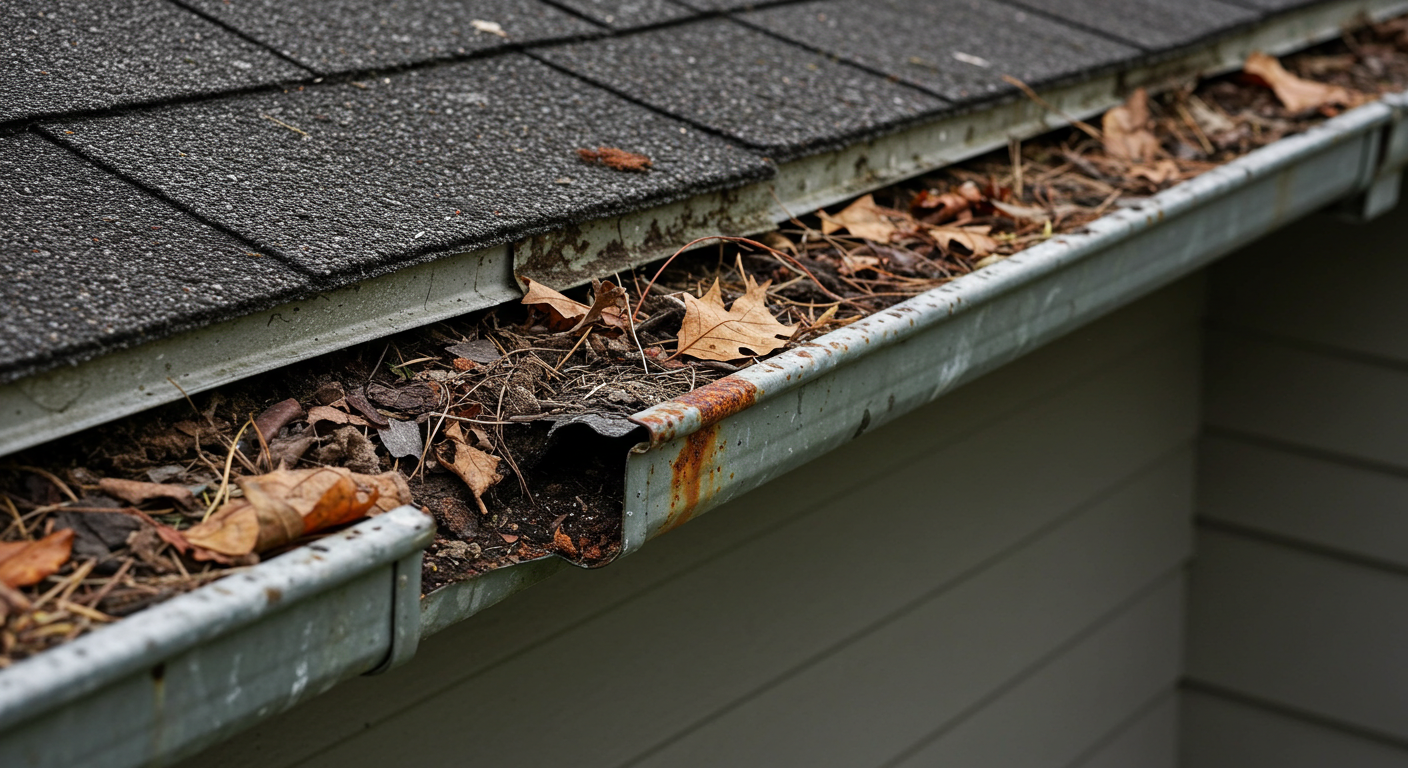Homeowners often encounter various issues with their eavestrough systems, leading to potential water damage and structural problems. Understanding these common eavestrough problems and their corresponding solutions is essential for maintaining the integrity of your home. In this article, we’ll delve into effective strategies to tackle these challenges and ensure your eavestroughs function seamlessly.
Understanding Eavestroughs
Before tackling the problems, it’s crucial to grasp what eavestroughs do. They are designed to channel rainwater away from your home’s roof and foundation. A well-functioning system prevents moisture from accumulating and causing a myriad of issues such as basement flooding or structural damage. Therefore, maintaining the system is non-negotiable!
Common Eavestrough Problems and Their Solutions
1. Clogs and Blockages
One of the most prevalent issues homeowners face is clogged eavestroughs. Leaves, twigs, and other debris accumulate, obstructing the water flow. This can lead to overflow during rainfall, which can further damage your eavestroughs and home.
Solution: Regular maintenance is key. Clear debris at least twice a year, or more frequently if your home is surrounded by trees. Installing gutter guards can minimize debris accumulation and keep your system in check.
2. Rust and Corrosion
Over time, eavestroughs made from metal can develop rust and corrosion. This is particularly common in older systems and can weaken the structural integrity of the eavestroughs, leading to leaks.
Solution: Regular inspections are crucial. Using rust-inhibiting paint can protect metal eavestroughs from moisture exposure. If rust is detected, replacing affected sections promptly can prevent further damage.
3. Improper Installation
An improperly installed eavestrough system can result in water pooling, leading to significant problems down the line. Issues such as incorrect pitch or loose brackets can cause inefficiency in drainage.
Solution: If you suspect your system was installed incorrectly, it may be wise to consult a professional to evaluate and re-align your eavestroughs. Ensuring the right slope directed towards downspouts is imperative for effective water flow.
4. Damaged Seals
The seals on joints and connections are essential in maintaining the overall functionality of your eavestroughs. Over time, weathering can weaken these seals, leading to leaks. A simple bend or gap can trigger a cascade of issues.
Solution: Inspect your seams regularly. Applying quality silicone sealant can reinforce these areas and prevent leaks. Don’t wait until next winter’s freeze-thaw cycles exacerbate the problem.
5. Extreme Weather Conditions
Severe weather can be a double-edged sword for eavestroughs. Rain, snow, and ice can overwhelm your system, especially during seasonal changes, leading to issues like ice dams and overflow.
Solution: Regular inspections before the winter and spring seasons can ensure that your eavestrough system is well-prepared. Consider installing a heated gutter cable to mitigate ice formation in colder climates.
6. Tree Damage and Growth
Overhanging branches can be a significant threat to your eavestrough system. Vegetation can block the gutters and encourage the growth of plants, which can lead to clogs and additional damages.
Solution: Regular tree trimming is essential to prevent branches from dropping leaves and debris into your eavestroughs. Keeping the area clear ensures efficient water drainage and reduces the risk of blockages.
7. Animal and Pest Infestation
Animals such as squirrels or birds may consider your eavestrough a cozy home. Their nests can create blockages, leading to serious overflow problems.
Solution: Installing gutter guards can deter animals from nesting in your eavestroughs while keeping debris at bay. Regular cleaning and inspections can also thwart any infestations before they escalate.
Identifying Eavestrough Problems Early
Recognizing signs of trouble early can save homeowners from costly repairs. Look out for visible water dripping during rainfall, water stains on your exterior walls, or water pooling around your foundation. These are all indicators that your eavestroughs may need immediate attention.
Maintenance is Key
Ultimately, the best strategy against common eavestrough problems is proactive maintenance. Schedule regular inspections and cleaning routines. By investing time and effort into maintaining your eavestrough system, you can significantly extend its lifespan and ensure your home remains safe from potential water damage.
